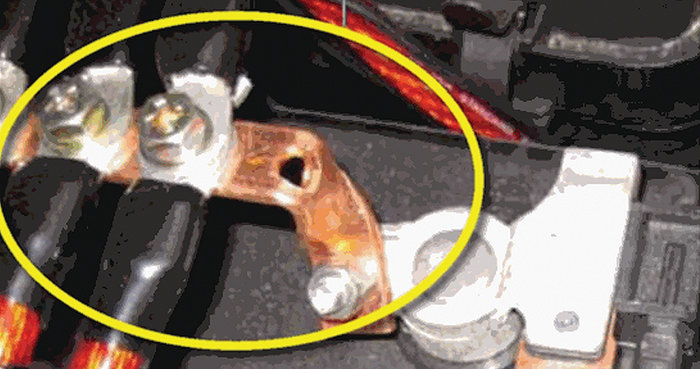




A second generation Toyota Prius is at least 12 years old and batteries may need to be replaced. Here’s what the codes mean.
Battery pack replacement is becoming more common as hybrid vehicles age. The second-generation Prius started with the 2004 model year and lasted until 2009. They have racked up many miles in the past decade or more, and the nickel-metal hydride battery is probably not providing the same range as before.
The secret to diagnosing air ride problems is knowing what criteria the system uses to regulate the compressor/reservoir and having the right tool.

These engines have been reliable, but there are four pattern failures you might see.

Honda indirect TPMS systems do not have air pressure sensors inside the tires.

The leading cause of low oil pressure-related complaints with Honda vehicles is the oil level.

The April issue includes technical and management content and is free to download.

The March issue includes technical and management content and is free to download.

Here are 10 tips to follow during ADAS Calibration.

Knowing the common “hiccups” can save you time and money.
